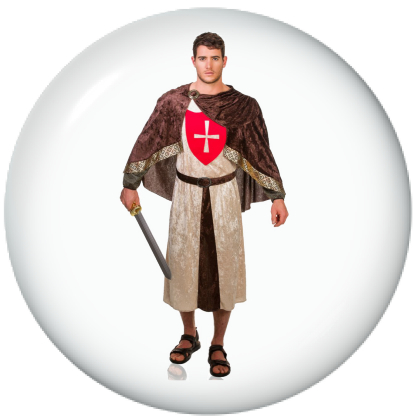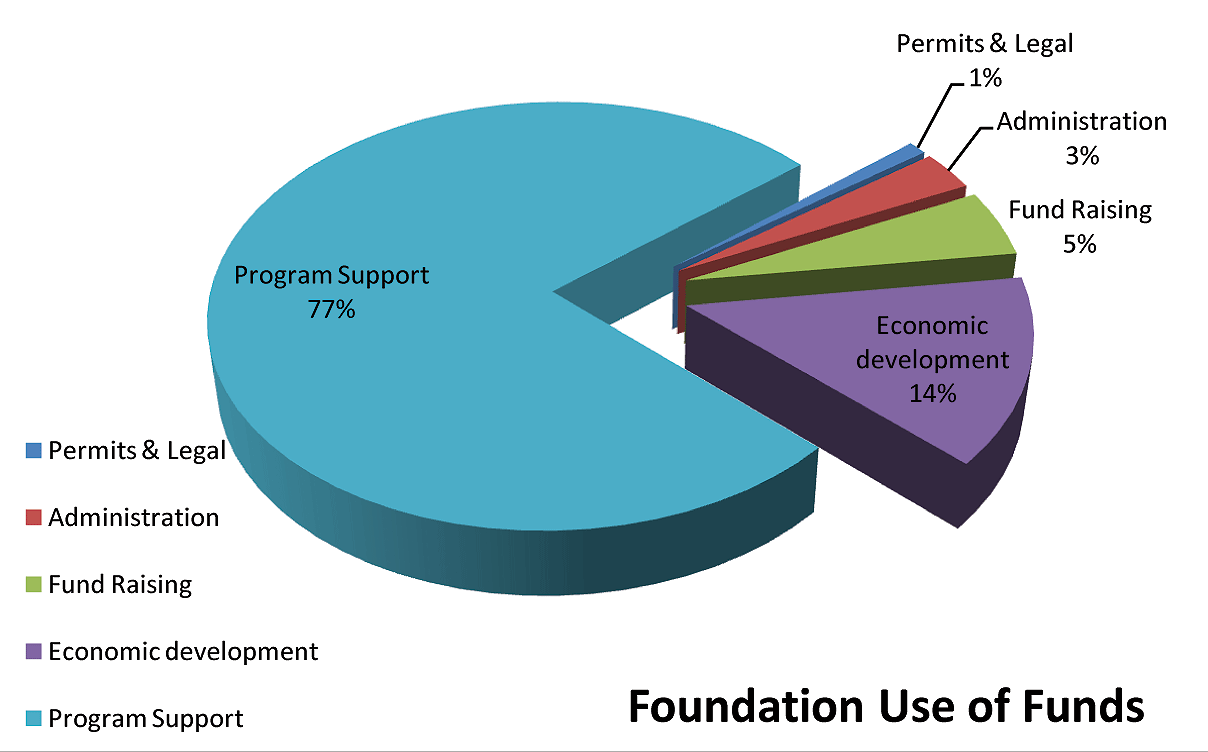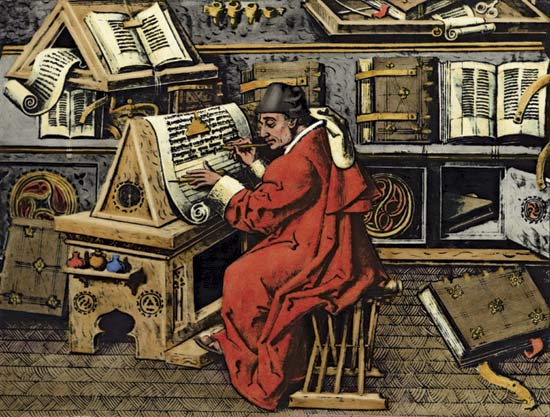
Squire’s Membership ”SQUIRES”
Level Three - 1 Year Sustained non-voting - $10,001 to $50,000
The third level participation and membership is the Squire. Direct Single Pay Contribution with Single Participation for one time donation. Starting in the Middle Ages, a squire was the shield- or armor-bearer of a knight. At times, a squire acted as a knight's errand runner. Squires had already served 7 years in the role of a page before moving to the role of a Squire at the age of 14 years old.
Squire - As a Squire, a Donor has their crusades well chosen and funded with the Palatines at their side.Medieval SquireA Medieval squire was the final rank before a boy became a knight. He first served as Page for a medieval Lord from the age of 7. He served in this role for 7 years and when he reached the age of 14, he was promoted to the rank of a squire. A Squire served on his lord, learned fighting skills and court etiquette, chivalry and warfare. When the squire reached the age of 21, he was then assessed by the Lord for a possible promotion to knighthood which was dependent on his performance.
Medieval Squire DefinitionIn the medieval period, a squire was someone who accompanied a knight as his shield and armor-bearer. Typically, a squire was a teenager and earned the title of Squire at the age of 14. He would then accompany the knight onto the battlefield, to prove his mettle and to show his loyalty to the lord. Before battles, squire was also required to perform different tasks as his lord may require, such as readying the horse and weapons. The early life of a squire typically started as a page boy. Services as a page boy were offered to the lord at a very young age, as early as the 7th year. In the position of a page, the boy was typically assigned to the ladies of the court who put him to different tasks as they saw fit. Until the age of 14 or 15, the boy was required to continue serving as a page and if he proved loyal and his performance satisfactory, the lord would then promote him to the title and position of a squire. Medieval squires were required to undergo different forms of education which played a role in their esteem as a squire and their chance of being promoted to a knight one day. They had to learn the code of chivalry, horsemanship, swordsmanship and marksmanship, the rules of heraldry as well as a number of athletic skills to help them on the battlefield. Moreover, the squire was expected to be well-acquainted with music, dance, jousting as well as various elements of court etiquette.
Medieval Squire Training to FightA Medieval squire was trained in many different disciplines in order to accomplish him as a fighter. To that end, he excelled at swordsmanship, was especially trained in horsemanship of different horses and the ability to handle them well. He also learned the art of defending a castle and siege warfare. The squire was trained diligently at wielding the lance and complementing it with the apt use of the shield. Rigorous training and tournaments provided squires with an opportunity to show off these acquired fighting skills.   
| 






















